
Mother’s day has come and gone. My son and our friend took me to brunch. It was a happy day for me, but my thoughts kept returning to something very sad.



Mother’s day has come and gone. My son and our friend took me to brunch. It was a happy day for me, but my thoughts kept returning to something very sad.
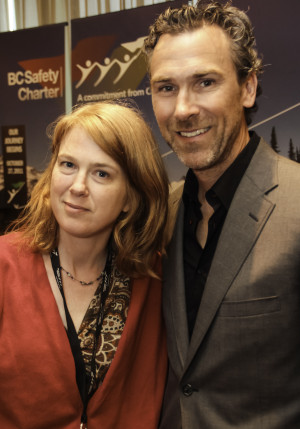
“Team sports and athletics naturally teach us about goal-setting. The best leaders broke the game down into sections and gave us a road map of where we want to be,” said Trevor Linden, speaking to industry leaders at the BC Safety Charter Roundtable hosted by FIOSA-MIOSA on May 2, 2013 in Vancouver.

Not everyone understands what it’s like to lose a loved one. I do – and that’s why I want to tell you about the efforts of Metro Vancouver’s Steps For Life organizing committee and volunteers who help families left behind after workplace tragedies.
“If you learn something but don’t share it with anyone, it does no good,” says a man who attributes his workplace injury to his attitude and the idea that “it could never happen to me.”
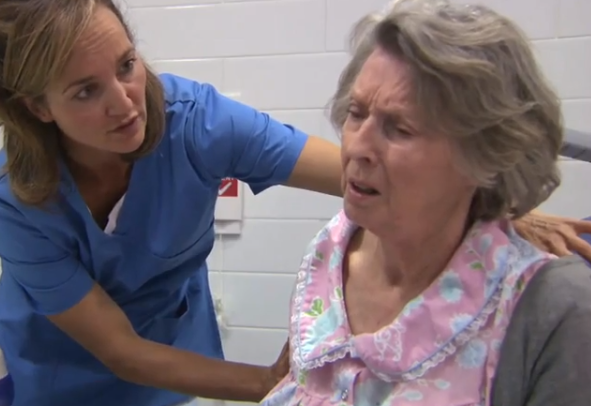
I spoke with a home care worker who’s been “bumped out of the way” a few times by the 76-year-old lady in her care. Being struck or grabbed is the second most common cause of occupational injury in health care (after overexertion). This WorkSafeBC video series shows home workers how to use compassion to keep the calm.
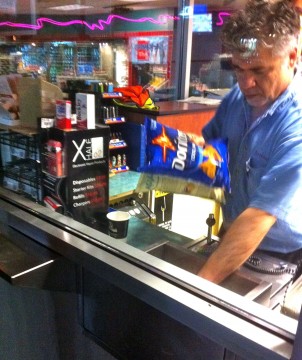
Here’s a good example of why these workers need protection from the public. I heard it from a late night delivery driver who fuels his work truck at least four times a week in the middle of the night at gas stations with convenience stores.

I invited him to coffee – and it was so uncomfortable and intimidating that I had tears in my eyes. He stared at me, looking really uncomfortable, as I asked, stammering, if I had done something to make him mad. After a silence, as I wiped my eyes and sipped my coffee, he said not to take it personally and said: “There’s a few things that really piss me off. One is when the Canucks lose.”
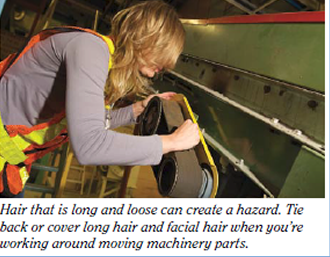
“Whether you’re making food products, furniture, sheet metal, or anything else, if you work in the manufacturing industry you will be exposed to the hazards of machinery or equipment with moving parts. Loose clothing, gloves, jewellery, and long hair can get caught in moving parts and cause serious injury or death,” reads this new safety alert.
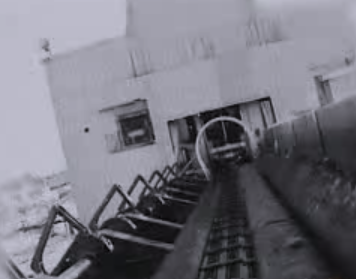
A supervisor sends home a hungover worker and doesn’t report it. He’s trying to be compassionate, but chances are he’s causing more harm than good in the long run. This online course – Supervising the Drug-free Workplace – offers solutions that keep everyone safer.

A painter, who works on projects with many other trades, says that – without a doubt – the most important safety precaution is keeping a clean worksite. Too often he sees a lack of clean-up, which really frustrates him because of the risks it poses to others.